Earth
Sign up for our newsletter
We summarize the week's scientific breakthroughs every Thursday.
-
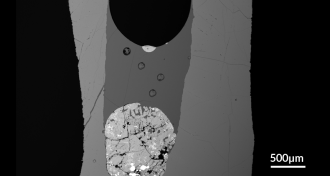 Earth
EarthSteam bubbles carry gold and sulfur up from Earth’s depths
Dense blends of metals and sulfur get a ride to the surface on water vapor bubbles.
-
 Environment
EnvironmentA coast-to-coast picture of America’s cacophony of sounds
The National Park Service mapped noise across the United States.
By Susan Milius -
 Health & Medicine
Health & MedicineE-cigarettes may be gateway to addiction for teens
Teenagers are using e-cigarettes more than any other tobacco product and for many, it’s the first time they’ve tried a tobacco product at all.
-
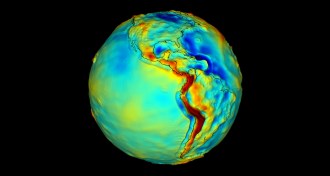 Oceans
OceansOn East Coast, sea levels lean southward
On North America’s East Coast, sea levels tilt slightly downward to the north, new research finds.
-
 Health & Medicine
Health & MedicineStoplights are hot spots for airborne pollution
Drivers get a big chunk of their exposure to pollutants from short stops at traffic intersections.
-
 Oceans
OceansMillions of tons of plastic end up in oceans each year
A new estimate quantifies how much plastic makes its way into the world’s oceans.
By Beth Mole -
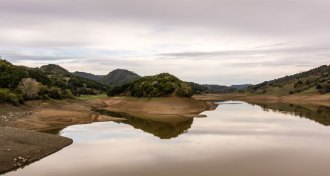 Climate
ClimateWorst drought in a millennium predicted for central and southwest U.S.
Comparing reconstructions of past drought conditions with models of future dryness shows that the Central Plains and Southwest U.S. will become the driest in a millennium.
-
 Earth
EarthMineral hunting, mob math and more reader feedback
Readers ask about Earth's most abundant mineral and discuss the notoriously unpredictable behavior of pedestrians.
-
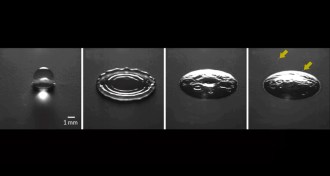 Physics
PhysicsRaindrops kick up soil chemicals
The champagne-like fizz produced when a raindrop hits the ground may be responsible for the earthy aroma after a rainstorm.
By Andrew Grant -
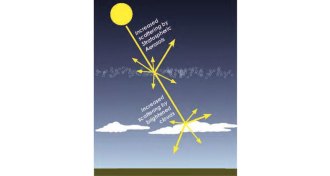 Climate
ClimateArtificial fixes for climate change nixed — for now
Experts says schemes to manually adjust the world’s climate are not ready for use, but should be studied just in case.
By Beth Mole -
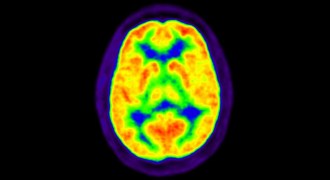 Health & Medicine
Health & MedicineFallout from nuclear bomb testing presaged today’s radioactive tracers
Scientists in 1965 measured buildup of radioactive carbon from nuclear bomb testing in people.
-
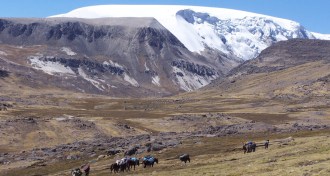 Environment
EnvironmentHumans’ environmental rap sheet gets longer
Ice cores reveal human-caused air pollution 240 years before the Industrial Revolution.
By Beth Mole